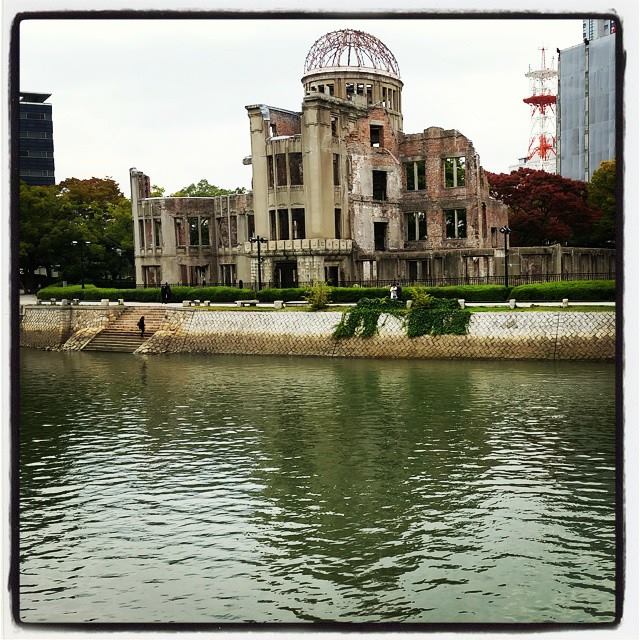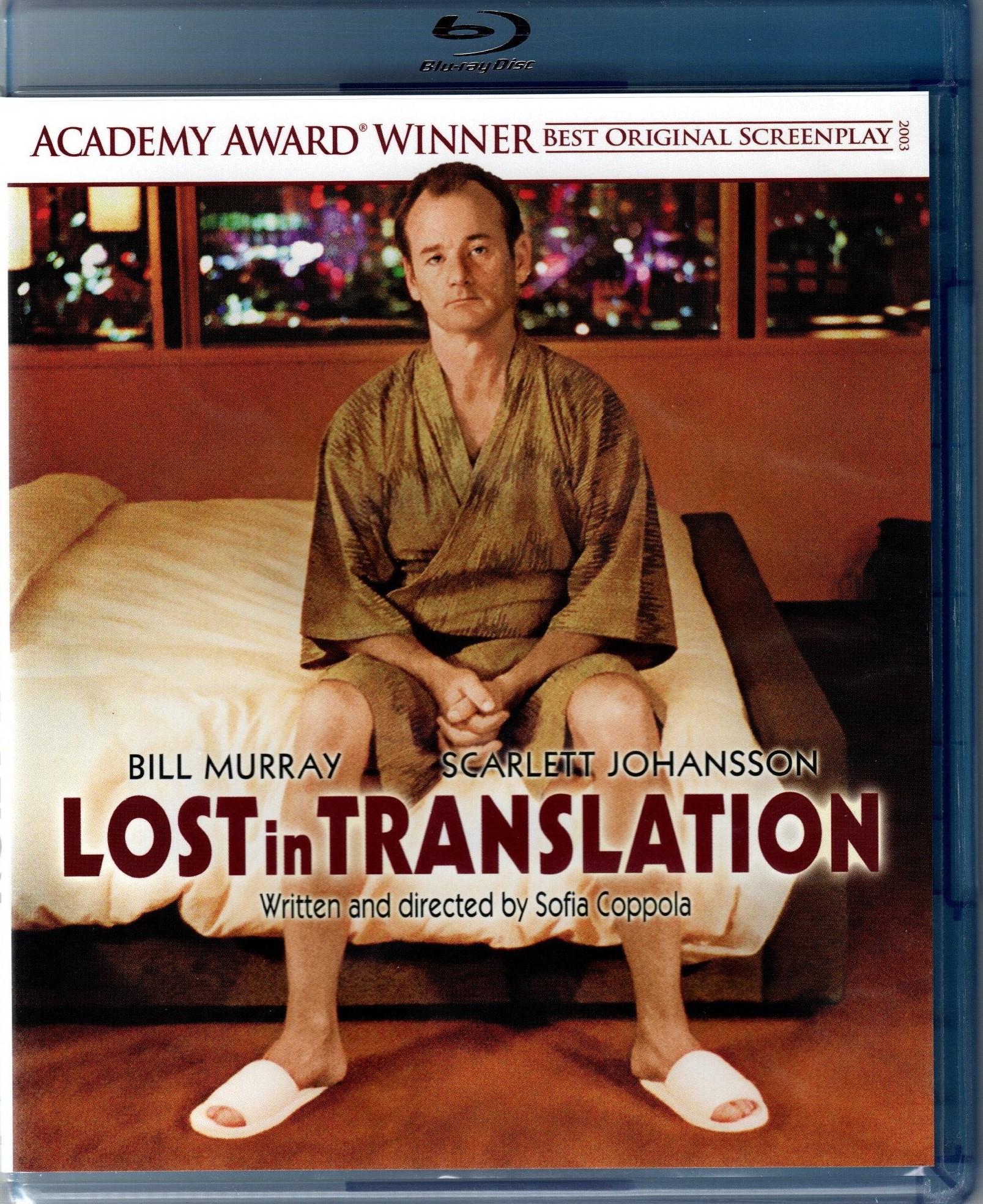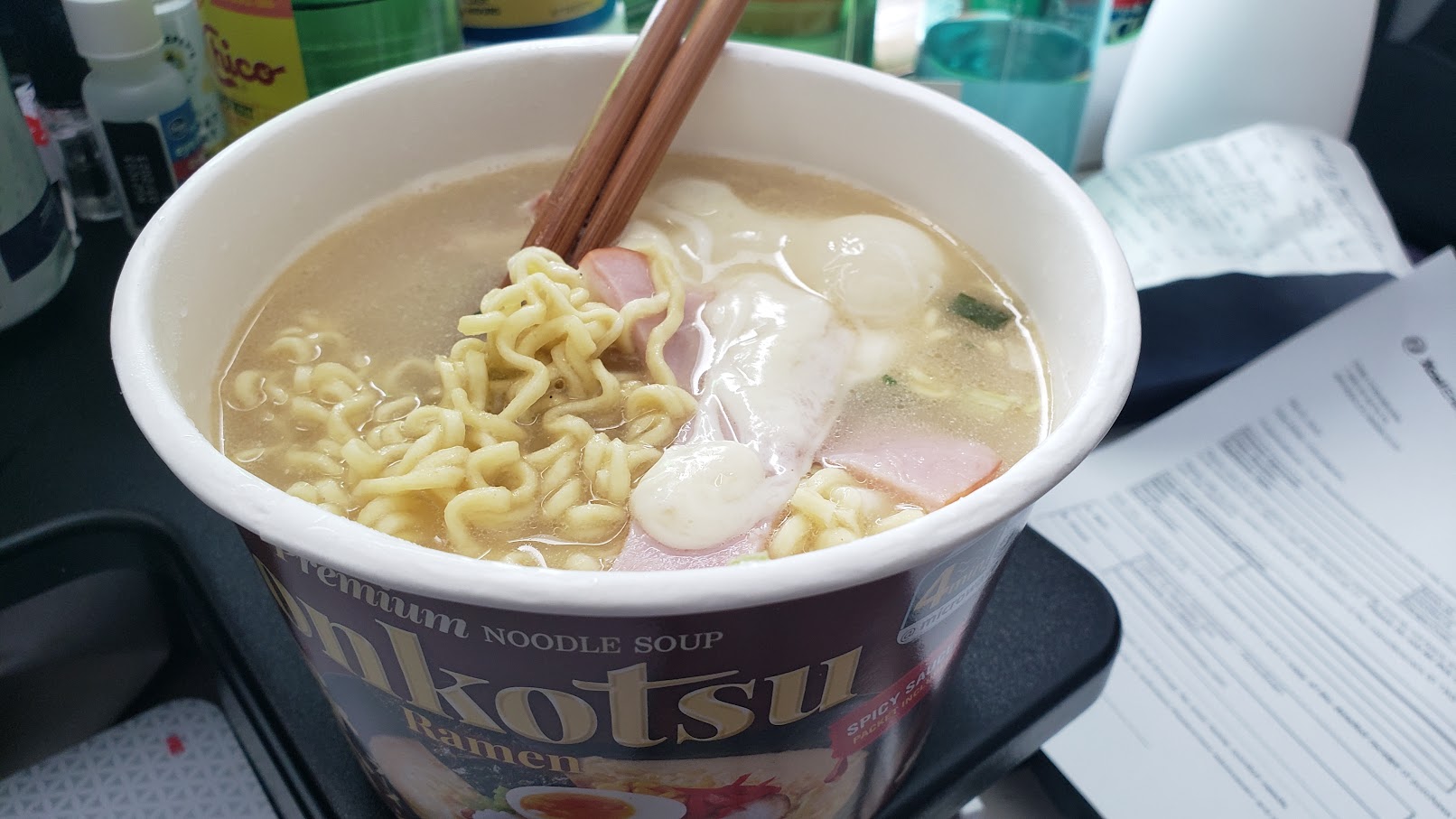November 23, 2008
Slinky, a truly classic Baby Boomer toy
 Betty James just passed away. Who's that, you say?
She's the woman whose husband invented the Slinky, and the woman who headed the company that manufactured all the wacky variations of Slinky, from Slinky Dogs to Plastic Rainbow Slinkys, for decades. My friend Leland Rucker, with whom I co-authored "The Toy Book" in 1991, just posted his thoughts about the time we were lucky enough to meet her while researching the book.
I vividly remember meeting Betty James. She was appreciative that a couple of aging boomers like us were interested in her company. She was a giant, but unknown to the zillions of kids who grew up with her toy. She gave us brass special edition Slinkys after meeting us. I still have mine on my desk….
The story of the Slinky, which I'll include below from "The Toy Book"'s first chapter, is pretty fascinating, because it was discovered by chance, and was a bellwether -- the first truly original toy for the nascent generation, because it was first sold in the fall of 1945 in the flush of the post-war holiday season. That's why it led off the book.
But Betty James was a fascinating story herself. Richard James may have invented the Slinky but Betty made it a generational icon. Around 1960 Richard James left his wife and six children to join a religious cult in Bolivia. He died in 1974. Betty James took over as CEO of James Industries when he left, brought the company out of its debts (her husband had apparently "donated" a lot of profits to the religious group), and then started diversifying the Slinky product line and running the TV commercials that many Boomers can still sing along to.
It's because of her efforts that to this day, if you say "Slinky" to almost anyone in in the US of almost any age, they'll hold out there hands, palms up, and wave them up and down to mimic playing with the spring.
Betty James just passed away. Who's that, you say?
She's the woman whose husband invented the Slinky, and the woman who headed the company that manufactured all the wacky variations of Slinky, from Slinky Dogs to Plastic Rainbow Slinkys, for decades. My friend Leland Rucker, with whom I co-authored "The Toy Book" in 1991, just posted his thoughts about the time we were lucky enough to meet her while researching the book.
I vividly remember meeting Betty James. She was appreciative that a couple of aging boomers like us were interested in her company. She was a giant, but unknown to the zillions of kids who grew up with her toy. She gave us brass special edition Slinkys after meeting us. I still have mine on my desk….
The story of the Slinky, which I'll include below from "The Toy Book"'s first chapter, is pretty fascinating, because it was discovered by chance, and was a bellwether -- the first truly original toy for the nascent generation, because it was first sold in the fall of 1945 in the flush of the post-war holiday season. That's why it led off the book.
But Betty James was a fascinating story herself. Richard James may have invented the Slinky but Betty made it a generational icon. Around 1960 Richard James left his wife and six children to join a religious cult in Bolivia. He died in 1974. Betty James took over as CEO of James Industries when he left, brought the company out of its debts (her husband had apparently "donated" a lot of profits to the religious group), and then started diversifying the Slinky product line and running the TV commercials that many Boomers can still sing along to.
It's because of her efforts that to this day, if you say "Slinky" to almost anyone in in the US of almost any age, they'll hold out there hands, palms up, and wave them up and down to mimic playing with the spring.









 Kerrry Hada at the microphone during the dedication of Highway 285 as "Ralph Carr Highway." Carr was the governor of Colorado during World War II who fought the unconstitutional internment of Japanese Americans from the West Coast, and lost his political career for his stand. Hada helped lead the effort to name the highway after Carr.
Congratulations are in order for Kerry Hada, a Colorado-born Japanese American attorney who has just been named by Denver Mayor John Hickenlooper as a Denver County Court Judge.
Erin and I have known Kerry for years, and he's deeply involved in both the Japanese American and wider Asian American Pacific Islander communities. He's a member of the Governor's Asian Pacific American Advisory Council (GAPAAC) and has been a member of many community organizations. He was named this past year to the Board of Directors of the Japanese American National Museum in LA, and he is dedicated to Denver and to the AAPI population.
I'm very glad to see that The Mayor has chosen him from a short list of qualified candidates. (BTW, he'll be replacing a retiring judge, another JA, Mel Okamoto, who's also a great guy... but I doubt the ethnicity had anything to do with Hickenlooper's choice).
Kerrry Hada at the microphone during the dedication of Highway 285 as "Ralph Carr Highway." Carr was the governor of Colorado during World War II who fought the unconstitutional internment of Japanese Americans from the West Coast, and lost his political career for his stand. Hada helped lead the effort to name the highway after Carr.
Congratulations are in order for Kerry Hada, a Colorado-born Japanese American attorney who has just been named by Denver Mayor John Hickenlooper as a Denver County Court Judge.
Erin and I have known Kerry for years, and he's deeply involved in both the Japanese American and wider Asian American Pacific Islander communities. He's a member of the Governor's Asian Pacific American Advisory Council (GAPAAC) and has been a member of many community organizations. He was named this past year to the Board of Directors of the Japanese American National Museum in LA, and he is dedicated to Denver and to the AAPI population.
I'm very glad to see that The Mayor has chosen him from a short list of qualified candidates. (BTW, he'll be replacing a retiring judge, another JA, Mel Okamoto, who's also a great guy... but I doubt the ethnicity had anything to do with Hickenlooper's choice).
 Erin and I have great respect for Asian Americans and Pacific Islanders' need to preserve our traditional heritages -- they enrich our lives and help give us our sense of identity with the countries of our ancestors. I think too few young Asian Americans hold on to their ethnic heritage.
At the same time, we're not just about kimonos and martial arts and traditional music and dances, and don't appreciate that outsiders (white people, mostly) view us through the exoticized filter of our cultural and social traditions. That's why, during her tenure as editor-in-chief of
Erin and I have great respect for Asian Americans and Pacific Islanders' need to preserve our traditional heritages -- they enrich our lives and help give us our sense of identity with the countries of our ancestors. I think too few young Asian Americans hold on to their ethnic heritage.
At the same time, we're not just about kimonos and martial arts and traditional music and dances, and don't appreciate that outsiders (white people, mostly) view us through the exoticized filter of our cultural and social traditions. That's why, during her tenure as editor-in-chief of  For Veteran's Day, 2008: Hoang Nguyen, 37, knew as a kid that he would join the U.S. military. “I wanted to repay back the United States for helping my family after the fall of Saigon,†he says.
He remembers the chaos of the end of the Vietnam war in the late ‘70s. “We took a boat from Vietnam to Guam, then flew to the U.S. with the help of American troops,†he says. “The military had a big impact on me at a young age.â€
That’s a common feeling among younger Asian Americans, he says, if they came out of the Vietnam War experience.
Hoang attended the Air Force Academy, earned a Bachelors of Arts & Science, and went into pilots training at 22. “My parents were initially slightly cautious†about his decision to join the military, he says. “My father did not want me to go through the rough times he went through. But my mother was elated.†(He's shown above, with his mother, Hanh Ha, at the ceremony when he was promoted to the rank of Major.)
Luckily, the closest he got to combat duty was conducting fly-overs in the Middle East between the two Iraq wars. He left the Air Force in 2000 (the official word is “separatedâ€) and joined American Airlines.
After 9/11, he said, his patriotism led him to join the reserves. He’s now a full-time active guard reservist and reached the rank of Major in 2005.
AAPIs fighting for America
When the subject of Asians fighting in the U.S. military comes up, the first thought is the Japanese American 100th Battalion/442nd Regimental Combat Team during World War II. Many of those soldiers enlisted even though their families were incarcerated in American concentration camps.
For Veteran's Day, 2008: Hoang Nguyen, 37, knew as a kid that he would join the U.S. military. “I wanted to repay back the United States for helping my family after the fall of Saigon,†he says.
He remembers the chaos of the end of the Vietnam war in the late ‘70s. “We took a boat from Vietnam to Guam, then flew to the U.S. with the help of American troops,†he says. “The military had a big impact on me at a young age.â€
That’s a common feeling among younger Asian Americans, he says, if they came out of the Vietnam War experience.
Hoang attended the Air Force Academy, earned a Bachelors of Arts & Science, and went into pilots training at 22. “My parents were initially slightly cautious†about his decision to join the military, he says. “My father did not want me to go through the rough times he went through. But my mother was elated.†(He's shown above, with his mother, Hanh Ha, at the ceremony when he was promoted to the rank of Major.)
Luckily, the closest he got to combat duty was conducting fly-overs in the Middle East between the two Iraq wars. He left the Air Force in 2000 (the official word is “separatedâ€) and joined American Airlines.
After 9/11, he said, his patriotism led him to join the reserves. He’s now a full-time active guard reservist and reached the rank of Major in 2005.
AAPIs fighting for America
When the subject of Asians fighting in the U.S. military comes up, the first thought is the Japanese American 100th Battalion/442nd Regimental Combat Team during World War II. Many of those soldiers enlisted even though their families were incarcerated in American concentration camps.  Barack Obama's victory last night in the U.S. presidential election brought tears to my eyes not only because of the incredible historic nature of his mere candidacy, and the poignancy of his life story, and the righteousness of overcoming the odds and connecting with the majority of Americans to win the White House. The emotions welled up because of his ability to engage me throughout the campaign -- even though I was early on a supporter of Hillary Clinton -- at a personal level.
It wasn't just the emails and text messages and the idealistic ubiquitousness of his campaign's eager, enthusiastic volunteers and supporters. The enthusiasm certainly was catching, however. It was simply the man, and his seeming thoughtfulness and determination. And his determined disregard for the most historic part of his grand run: his color.
He didn't really disregard it. He simply refused to make it the focus of his identity. The only time he addressed it head-on was with his speech during the primaries about the
Barack Obama's victory last night in the U.S. presidential election brought tears to my eyes not only because of the incredible historic nature of his mere candidacy, and the poignancy of his life story, and the righteousness of overcoming the odds and connecting with the majority of Americans to win the White House. The emotions welled up because of his ability to engage me throughout the campaign -- even though I was early on a supporter of Hillary Clinton -- at a personal level.
It wasn't just the emails and text messages and the idealistic ubiquitousness of his campaign's eager, enthusiastic volunteers and supporters. The enthusiasm certainly was catching, however. It was simply the man, and his seeming thoughtfulness and determination. And his determined disregard for the most historic part of his grand run: his color.
He didn't really disregard it. He simply refused to make it the focus of his identity. The only time he addressed it head-on was with his speech during the primaries about the  Erin and I have seen
Erin and I have seen 